1032 statues and one thing too many people miss at this Kyoto temple

And it was his first time visiting, too!
Sanjusangen-do, officially known as Rengeo-in, is a pretty famous temple among Japanese citizens and international tourists alike. The Kyoto Buddhist temple, which has been ranked in the top 30 sightseeing spots for tourists on Trip Advisor, is famous for its rows upon rows of 1,032 Buddhist statues. According to our Japanese-language reporter Tasuku Egawa, probably about 90 percent of school kids visit this temple during their school field trip to Kyoto–so just about everyone knows about it.
But Tasuku, now 40 years old, has only just visited for the first time. He happened to be invited on a press tour held by Central Japan Railway that showcased this year’s Buddhist statue-themed “Sou da Kyoto, Ikou” promotion for Kyoto, and one of the stops was Sajusangen-do.
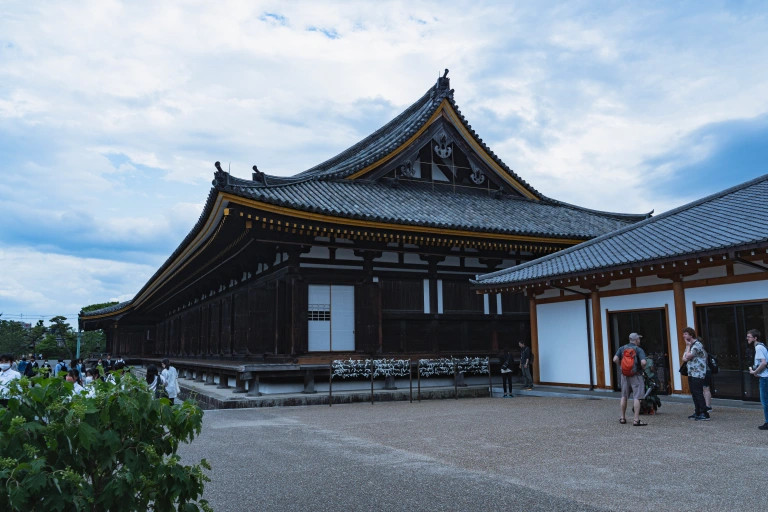
Image © SoraNews24
Inside, the temple was packed with students on field trips. Tasuku mused that it must really be a staple in schools’ itineraries, but for some reason, it hadn’t been a stop on his school’s field trip. In fact, even though his school trip took him to Nara and Kyoto, they didn’t go to a single temple.
Why? Because they spent about 80 percent of their time in Nara, being forced to peddle around on rusty bicycles in the pouring rain to an unknown burial mound in the midst of a field out in the middle of nowhere, which they had to sketch on their sopping wet sketchpads for some reason.
They spent the remaining 20 percent of the time in Kyoto, eating ramen at some ramen shop in front of Kyoto Station and only getting to see the sign in front of the famous Kiyomizudera Temple before the time was up and they had to go home. It was the weirdest and most pointless school trip ever, and young Tasuku decided to commemorate it with a suitably weird souvenir, a 2,000-yen (currently US$13.94) ski mask.
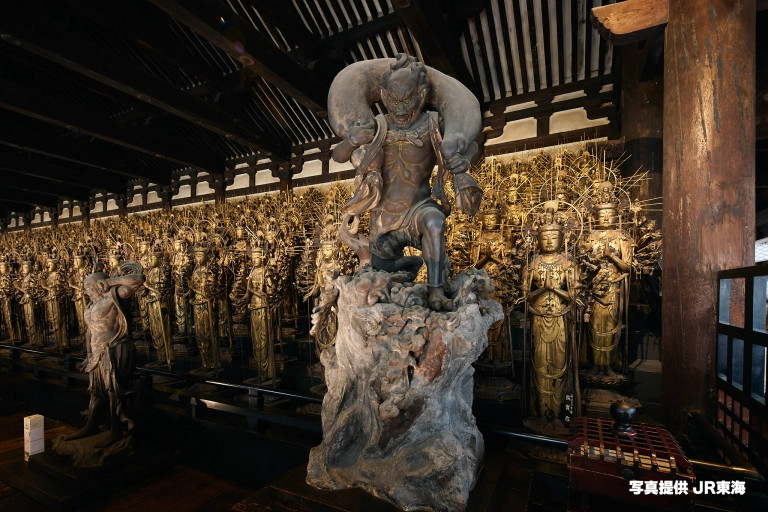
Now, as an adult, all of the kids exploring Sanjusangen-do on their fun-looking school trip couldn’t help but remind Tasuku about how salty he still is about that. It’s such a special thing to get to see such a splendid display of statues at such an impressionable young age–and he didn’t get to experience that.
Still, for Tasuku, who was seeing it for the first time at 40, the place was fascinating. But as his eyes trailed over the many statues on display, he couldn’t help one thought that popped up:
“How could anyone ever see the ones in the back?”
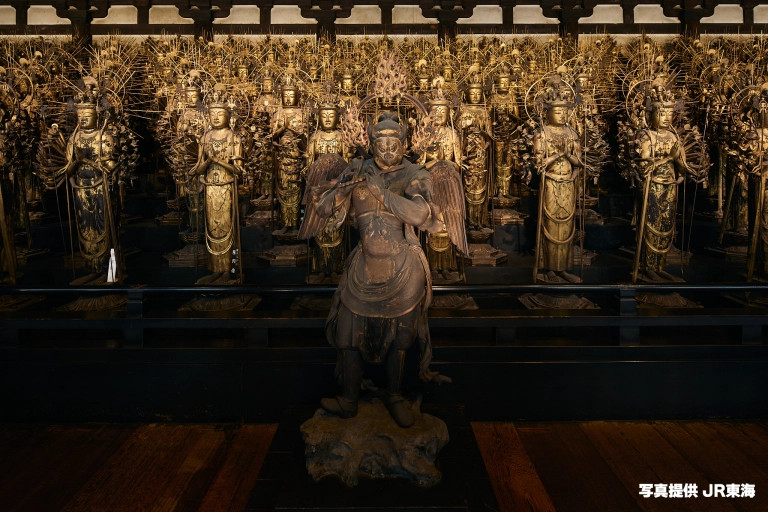
Each and every statue is different, and each and every one is also considered a national treasure. If that’s the case, Tasuku would have wanted to see all of them, even the ones in the back.
It turns out you actually can! Using the “National Treasure Sentai Senju Kannon Standing Statues, The 28 Legions, and the Fujin and Raijin Statues Search System,” you can browse all 1,032 statues in detail, with descriptions in both English and Japanese.
▼ The Search System as shown on the temple’s website
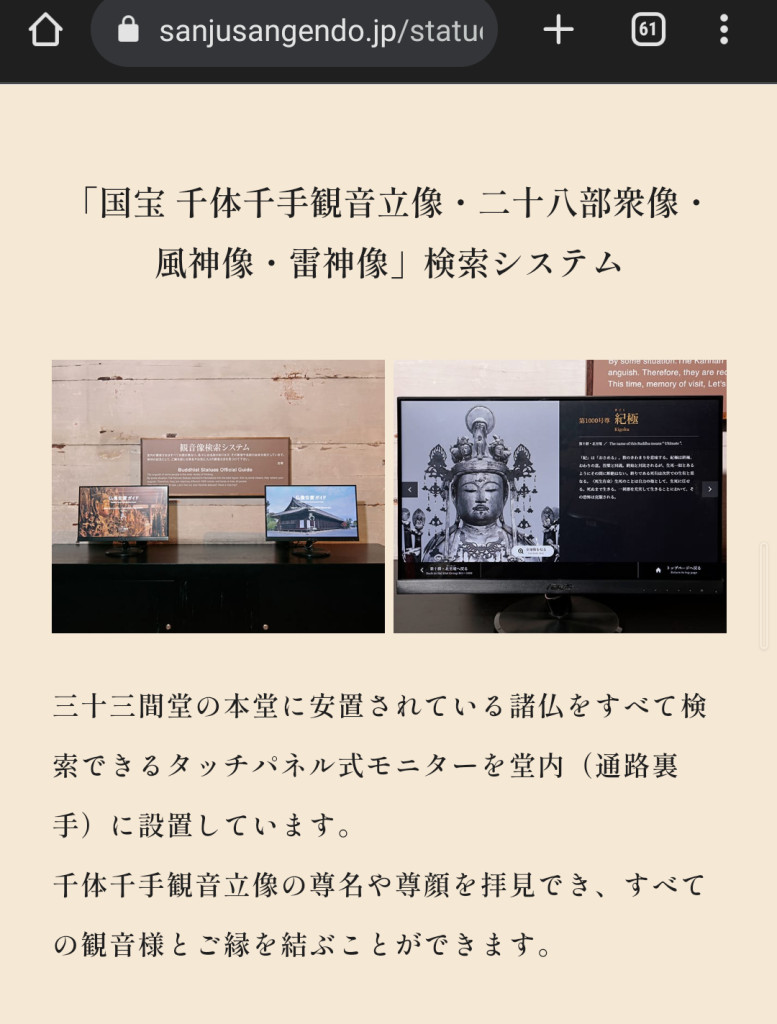
Screenshot from Sanjusangen-do
On the path behind the principal object of worship, a small computer station is set up with monitors on a counter. The screens portray a map of each of the statues and their exact placement, and you can use the touch screen to navigate between them and see pictures of each one, as well as learn more about it.
Since photography is not allowed within the facility, Tasuku had to memorize the setup on the screen and then draw it out in the blank spaces of his pamphlet when he went back outside. The main screen looked a bit like this:
▼ The real thing had more detail, with statue names included, but Tasuku’s memory doesn’t stretch so far.
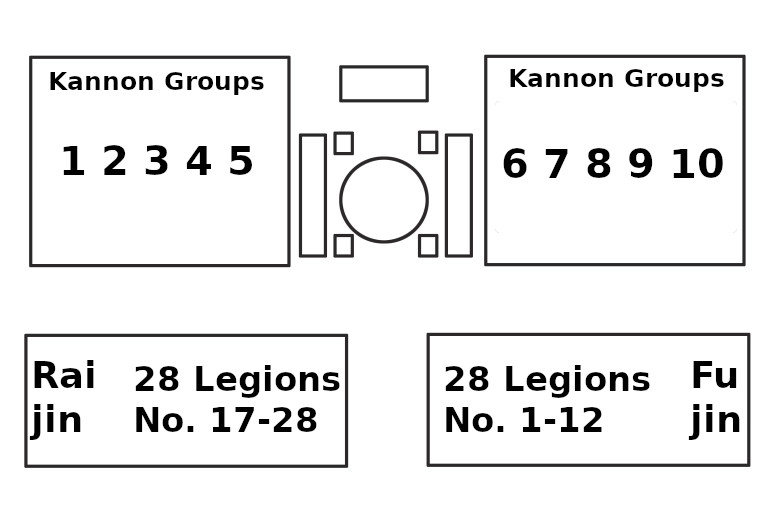
From this screen, if you tapped on “Group No. 1”, it would show the 100 statues included in that group, from which you can select one to learn more details about it. The thing that really shocked Tasuku when he used this feature was the fact that all 1,000 of the Kannon statues each have their own name. He couldn’t help but wonder how they came up with so many.
The other thing Tasuku came to realize with a jolt was that, because there are so many statues, this system must contain a huge database of information. Tasuku had no idea how such a thing would have been created, but he was so dumbfounded by the sheer passion needed to do so that he actually laughed out loud.
Sadly, perhaps because the computer station just doesn’t stand out, most tourists seemed to ignore it. Tasuku had to doubt that there was any person out there who had read through the page for each statue, which had to mean that there could also be a page that has never been read by anyone (except maybe the people who made it).
That’s an absolute shame! More people should know about this feature and take advantage of it. If you happen to visit Sanjusangen-do, definitely check it out!
▼ The temple workers also give very interesting talks about the temple, its statues, and the building’s construction.
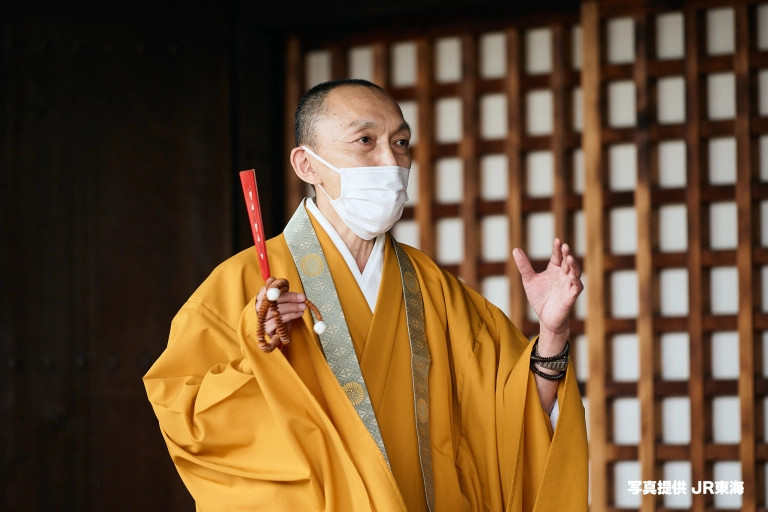
And while you’re in Kyoto, don’t forget to try a modern local delicacy, tomato okonomiyaki, or treat yourself to the Ultimate Matcha Float!
Related: Sajusangen-do, Souda Kyoto, Ikou
Top image ©SoraNews24
Insert images provided by Central Japan Railway (except where noted)
● Want to hear about SoraNews24’s latest articles as soon as they’re published? Follow us on Facebook and Twitter!
Credit:

0 comments: